Aquaculture research projects aim to deliver ‘positive environmental and fish health impacts’
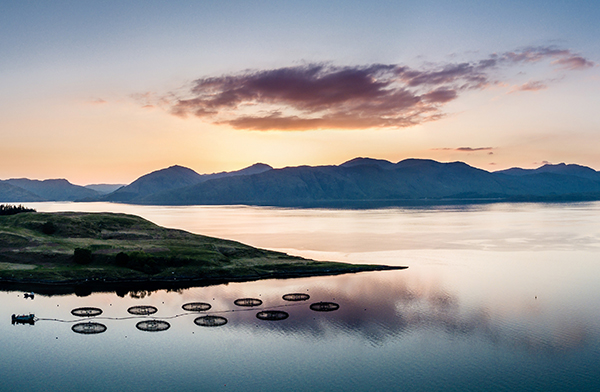
The Sustainable Aquaculture Innovation Centre (SAIC) in Scotland is providing a combined £1.1 million (U.S. $1.3 million) in funding to support three aquaculture research projects that explore imaging technology and artificial intelligence (AI).
Two of the successful projects will cover technology-led environmental monitoring, including the use of AI, 3D-modeling and image-collecting remotely-operated vehicles (ROVs), while the third focuses on the role of cleaner fish as an effective, sustainable treatment for sea lice. Aside from receiving £350,000 (U.S. $438,000) in funding from SAIC, the research projects also secured additional support from businesses operating in Scottish aquaculture.
“In recent years, technology adoption across the sector has increased rapidly, but there is still a huge opportunity to use more data-led, intelligent systems to inform better decision-making,” said Heather Jones, CEO of SAIC. “Greater use of AI, imaging and ROVs for applications such as monitoring and mapping of the seabed could be transformative for reducing the sector’s environmental impact and supporting future regulation requirements.”
Headquartered at the University of Stirling, SAIC is one of seven innovation centres introduced by the Scottish Government to drive growth in areas of key economic and social importance. The latest funding awards build on SAIC’s work to date, covering more than 60 collaborative projects with a combined value of £52.7 million (U.S. $66 million).
A recent economic impact assessment produced by Frontline Consultants showed that projects funded by SAIC between its inception and February 2021 would collectively deliver an additional turnover of £50 million (U.S. $60.6 million) per annum for the companies involved by 2026. Overall, for every £1 (U.S. $1.25) of SAIC funding granted to research projects during this period, a further £4.67 (U.S. $5.85) was leveraged from businesses in the aquaculture sector and other funding sources.
“Driving improved sustainability, fish health and wellbeing is another area crucial to the growth and development of aquaculture,” said Jones. “Through collaborative research in the sector’s core priority areas, we can unlock additional capacity for sustainable seafood production, with Scotland at the forefront of significant developments across the whole supply chain.”
Follow the Advocate on Twitter @GSA_Advocate
Now that you've reached the end of the article ...
… please consider supporting GSA’s mission to advance responsible seafood practices through education, advocacy and third-party assurances. The Advocate aims to document the evolution of responsible seafood practices and share the expansive knowledge of our vast network of contributors.
By becoming a Global Seafood Alliance member, you’re ensuring that all of the pre-competitive work we do through member benefits, resources and events can continue. Individual membership costs just $50 a year.
Not a GSA member? Join us.
Author
Tagged With
Related Posts
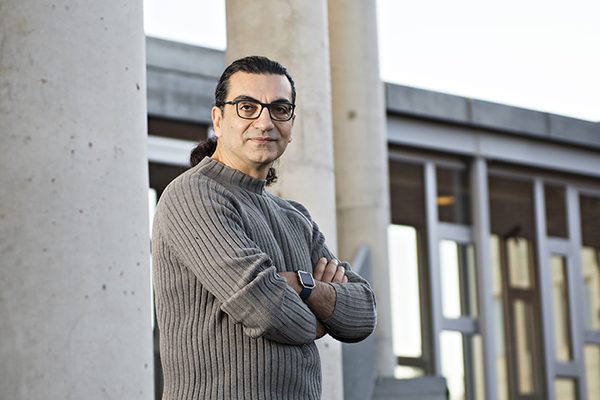
Health & Welfare
R&D collaboration to explore using AI to count sea lice
The Danish Technological Institute and Benchmark Genetics are exploring the use of artificial intelligence (AI) to count sea lice on salmon.
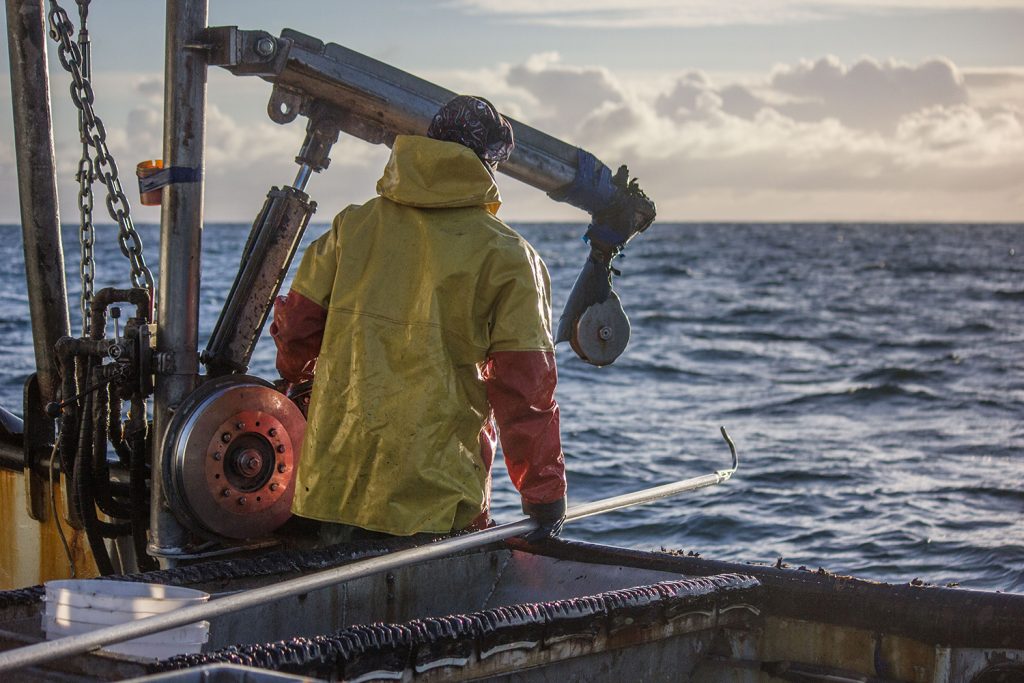
Fisheries
Artificial intelligence is already helping improve fisheries, but the trick is in training the tech
Artificial intelligence is providing valuable data to fisheries, cutting costs and the need for human review. Can the technology be perfected?
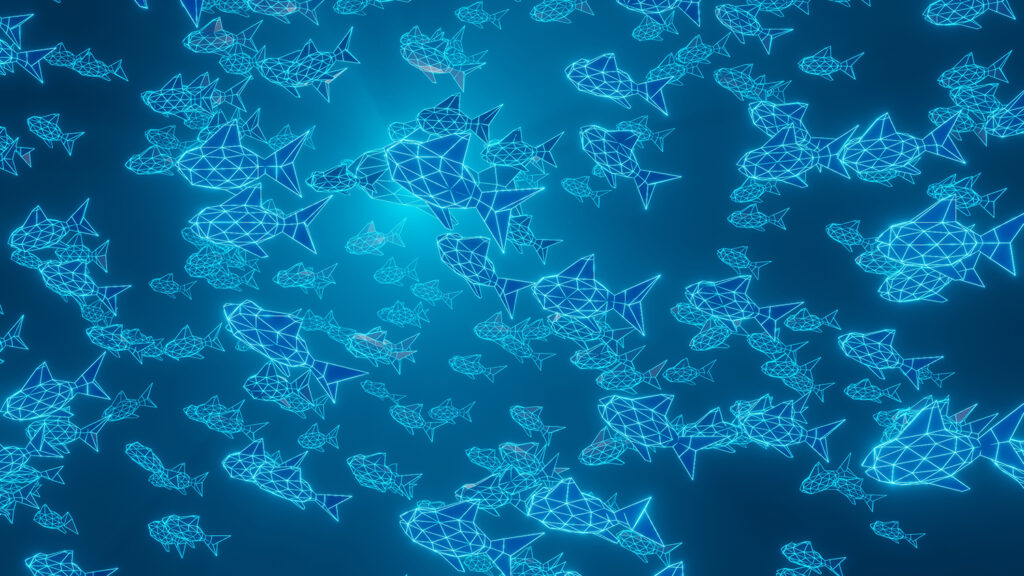
Innovation & Investment
‘AI ticks all the boxes’ and is proving to be a perfect match for aquaculture
Artificial intelligence (AI) is rippling through the aquaculture industry, promising greater efficiencies and insights, as well as investor interest.
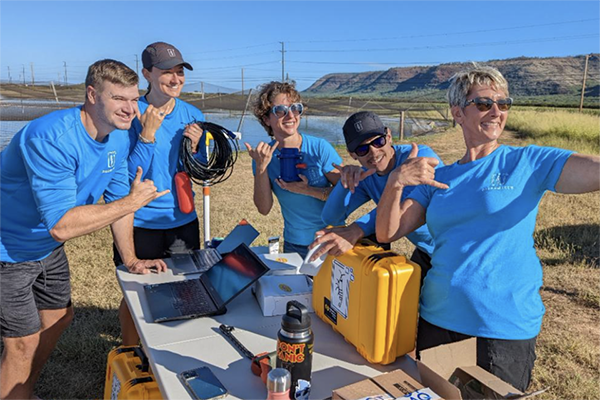
Innovation & Investment
Minnowtech live-stream launches its sonar-AI shrimp biomass estimator
U.S. aquaculture technology company Minnowtech launched its highly anticipated sonar-based and AI-supported shrimp biomass estimator.



